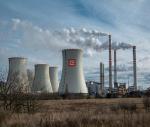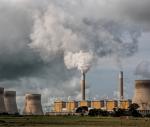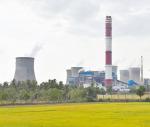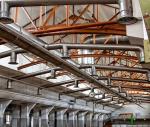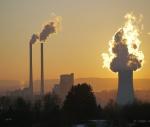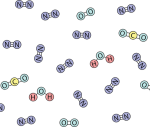Moldova: adopted law on industrial emissions
Moldova: adopted law on industrial emissions
As of 21 October 2024, the law on industrial emissions enters into force in Moldova.
The law takes into consideration the provisions of the EU Directive 2010/75/EU on industrial emissions as well as Directive (EU) 2015/2193 on the limitation of emissions of certain pollutants into the air from medium combustion plants.







